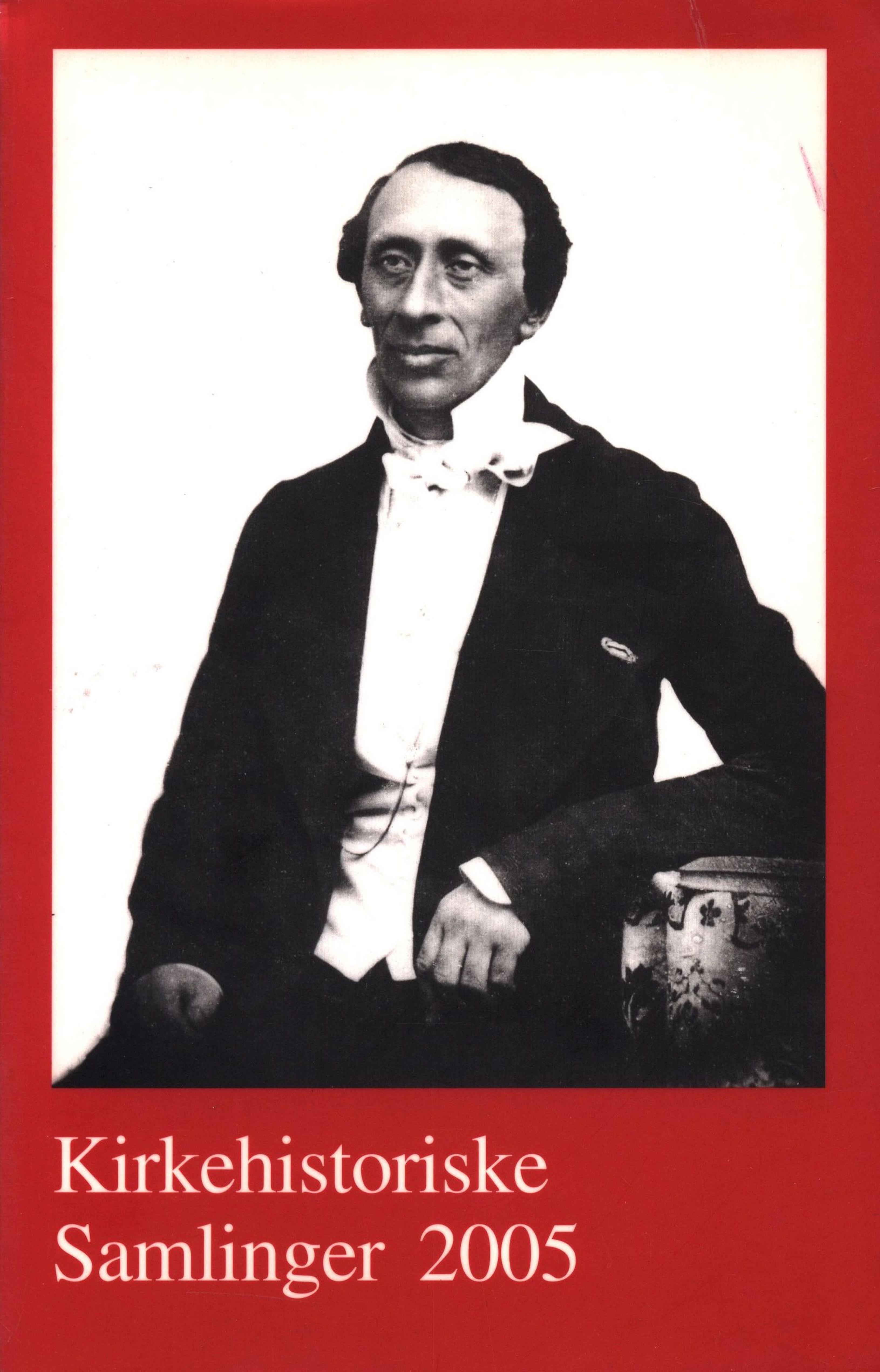Publiceret 25.02.2025
Citation/Eksport
Copyright (c) 2024 Tidsskriftet Kirkehistoriske Samlinger

Dette værk er under følgende licens Creative Commons Navngivelse – Ingen bearbejdelser (by-nd).
Resumé
From 1910 to 1913 the liberal party Venstre was in government under Klaus Berntsen, while the actual leader of the party J.C. Christensen stayed outside the government. A constitutional amendment was urgent, and until 1912 Berntsen followed Christensen’s plan of first reforming the Folketing (Lower House) and only afterwards the Landsting (Upper House). It proved however impossible to obtain the necessary support from the conservative party (Højre), and so, from 1912 the government sought the support of the left wing party (Radikale) and the Social Democrats for a plan of reforming both houses at the same time. In 1913 Venstre lost the election for the Folketing. The supporting parties wanted the government to continue in office, but Christensen prevented it, and the Radikale formed a government under C. Th. Zahle, supported by the Social Democrats. They re-introduced Berntsen’s bill, but Christensen, who wanted to avoid a merging of constitutional and ecclesiastical strifes, published an alternative plan of a constitution, where the sections concerning the church were changed or left out. The party, however, stuck to the original plan, and after some changes and in spite of serious difficulties implemented by the Højre, the new constitution was passed on 5th July 1915. One of the reasons for Christensen’s concern was that the vicar Arboe Rasmussen under the influence of liberal theology had put forward rather radical opinions, among other things about the Virgin Birth. The Grundtvigians, who had considerable influence upon the government, wanted a tolerant church, but in reaction to Arboe Rasmussen orthodox circles formed the Kirkeligt Landsforbund (the National Church League) to fight modern liberalism. In 1913 Arboe Rasmussen applied for transfer to another office, but the bishop in question refused to accept him as a vicar in his diocese. In order to avoid the ecclesiastical conflict being merged with the negotiations about the new constitution, the bishops accused him of having broken his vow, thereby delaying the whole matter until the court had spoken. In 1916 he was acquitted by the supreme court. As the indictment was framed, the case was a criminal case and not a doctrinal one, and as he had been in office for so many years without being disciplined, he must have been in good faith and consequently could not be punished. He was transferred according to a special law, by which the ministry of ecclesiastical affairs took over the superintendency while he was in office. During the following years, the government was bitterly attacked by the Kirkeligt Landsforbund, while the government, on the other hand, challenged it by appointing two more or less liberal bishops and by making a member of the Folketing, who was known to be critical to Christianity, headmaster of a training college for teachers. The Landsforbund demanded separation of church and state, and there were threats that the strife could be made an issue of the campaign for the election of 1918. This disquieted the government and its supporting party, who did not want a disruption of the church in the middle of the war. Consequently the government promised that no controversial bills concerning the church would be introduced during the coming electoral period, which was supposed to last only until the end of the war. The ecclesiastical opposition accepted this, and peace was obtained. In the 1915 constitution, women got the right of voting, and later the Radikal government introduced a bill giving women access to holy orders, and another one introducing compulsory civil marriage. But Venstre and the Conservative Party (formerly Højre) were able to stop both of these bills in the Landsting. On the other hand, the government succeeded in parcelling out the lands of the vicarages.

